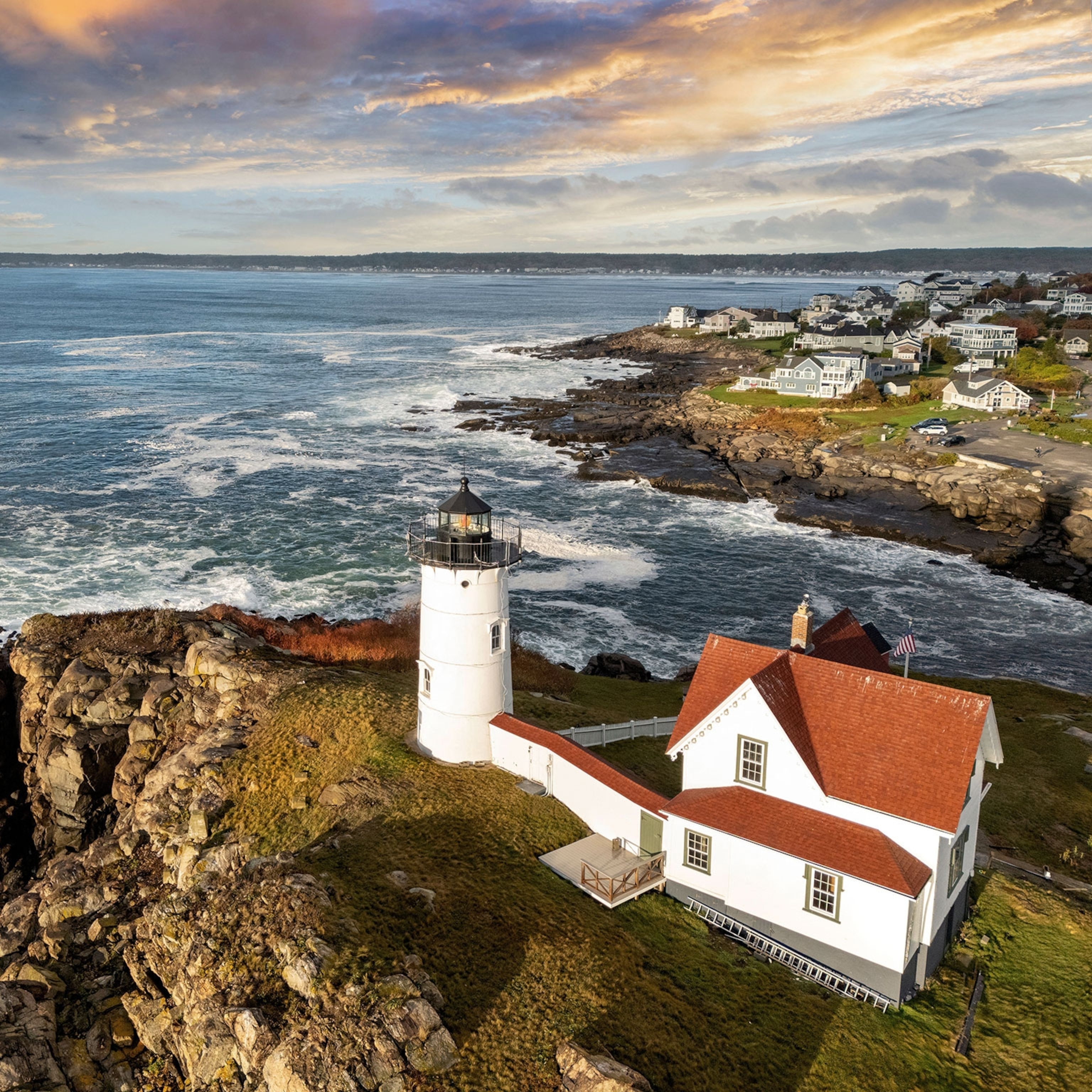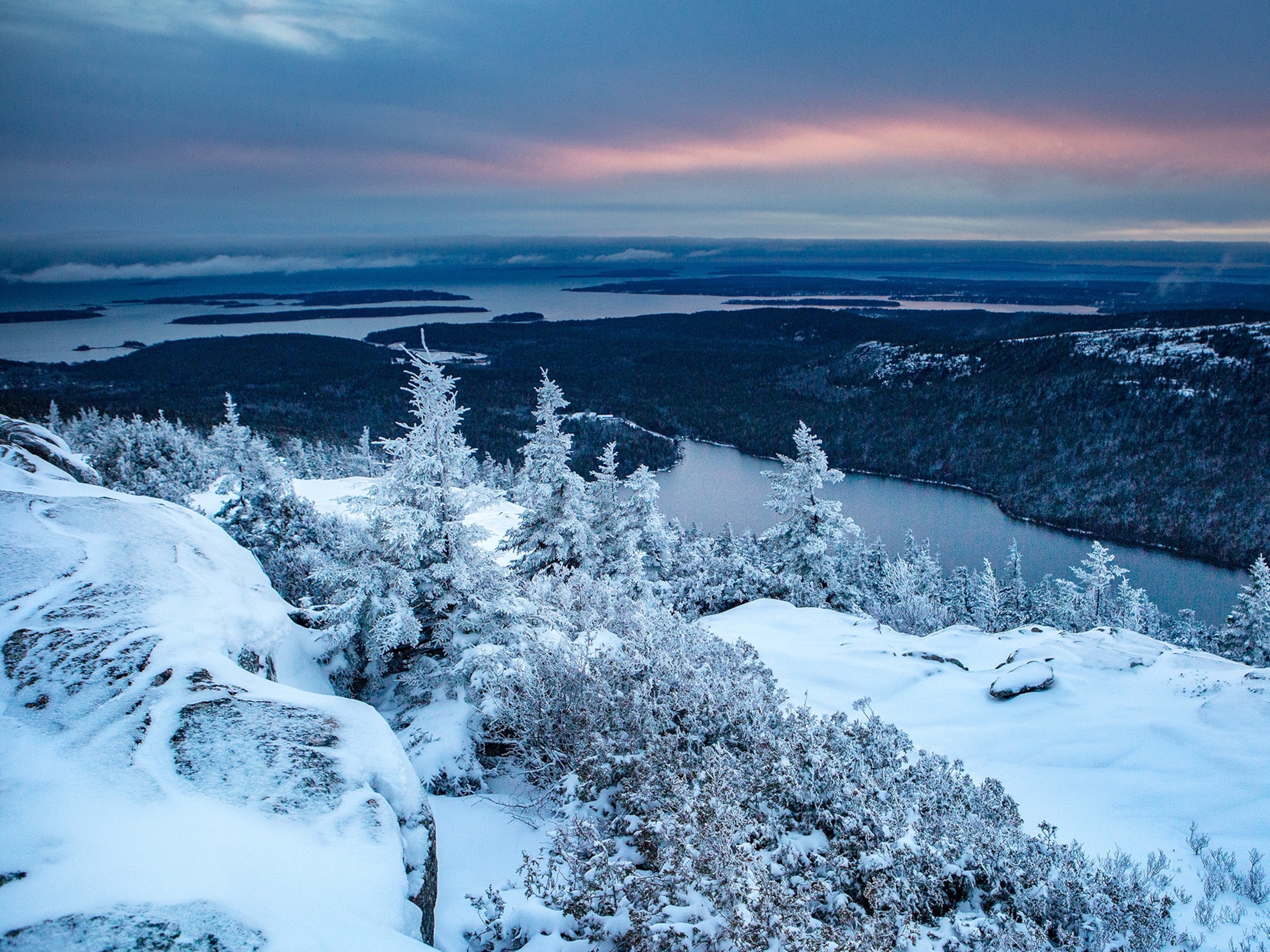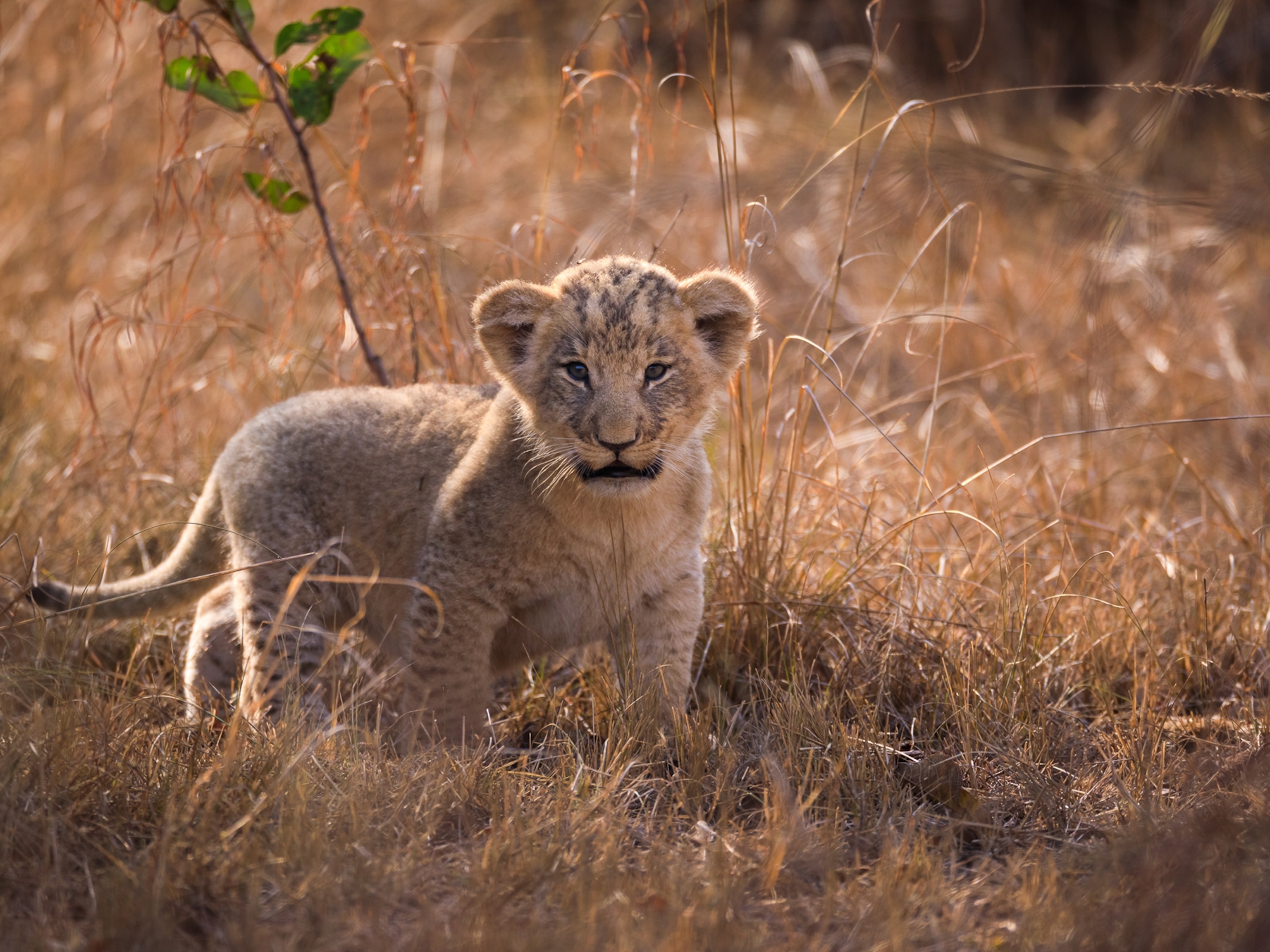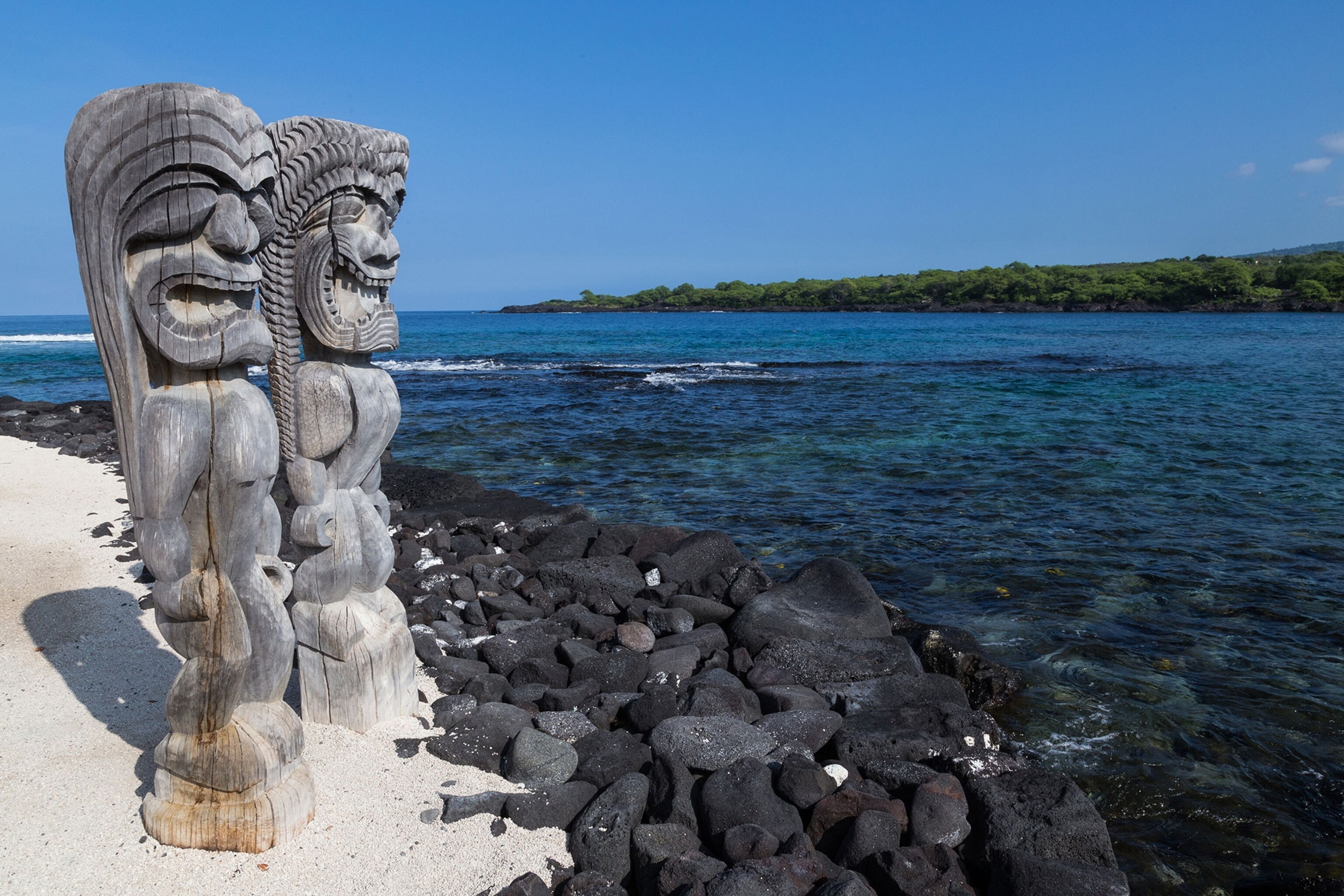
10 Undersung National Parks
America's most popular parks deserve all the love they get, but here are ten other fascinating sites well worth the trip.
America’s National Park System is composed of more than 450 natural, historical, and cultural areas spread across the United States and its far-flung territories. Though Yellowstone deserves all the attention it gets, here are ten lesser-known park properties that are calling out for a visit.
Sandy Shelter
A black lava flat on the west coast of Hawaii’s Big Island houses the beachfront Puʻuhonua o Hōnaunau National Historical Park, an ancient stone-walled safe place endowed with the power of past Hawaiian chiefs. Be sure to greet the scowling wooden ki’i statues before entering the site, which also encompasses a former royal compound complete with thatched temples, fish ponds, and tracks used for he’e holua, the ancient extreme sport of lava sledding.
The Right Path
More than a home base for migratory birds, the marshy expanse of the Blackwater National Wildlife Refuge (NWR) on Maryland’s Eastern Shore provided food and cover to 19th-century slaves as they fled north. Today, parts of the refuge, along with a patchwork of neighboring federal and state lands, make up the new Harriet Tubman Underground Railroad National Monument, honoring the abolitionist who escaped bondage on a nearby plantation and went on to help hundreds to freedom.
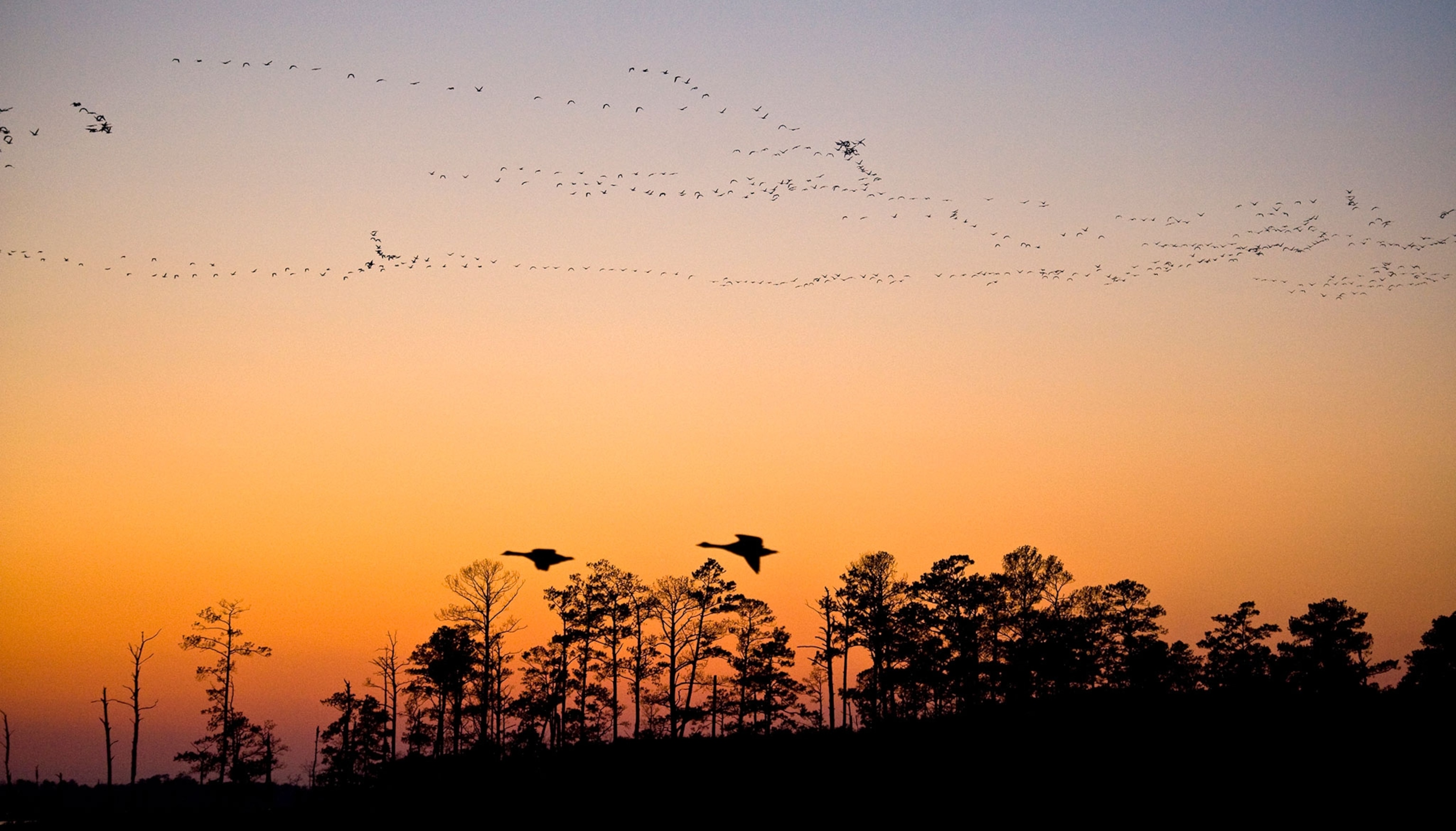
Remote Retreat
Thanks to unpredictable winds and coordinates smack in the middle of the roadless Alaska Peninsula, the Aniakchak National Monument and Preserve is one of America’s least-visited national parks—134 people stopped by in 2013, a boom compared to the 19 recorded visitors the previous year. Weather willing, the six-mile-wide, 2,500-foot-deep caldera is reachable by power boat or charter seaplane, but the trek is worth it for the tourist-free hiking, rafting, and volcanic vistas.
Related: See the Top 10 Most Visited Parks
Memorial Trail Mix
Washington, D.C., is crammed with memorials: Marble statues of historical VIPs rule over reflecting pools, dominate park squares, and rise up on rearing horses from traffic circles. But America’s 26th president pleasantly proves that some men really are islands—foliage-filled Theodore Roosevelt Island is a small sanctuary in the Potomac River that Frederick Law Olmsted, Jr. (whose famous father designed Central Park), transformed from overgrown farmland into a fitting national memorial to a leader who was known to drag government officials on nature hikes.
(53 Gorgeous Nature Photos to Inspire Happiness)
Astronaut Playground
With bizarre features like cavities in the earth left by lava-incinerated trees, central Idaho’s Craters of the Moon National Monument and Preserve is indeed “a weird and scenic landscape peculiar to itself,” as President Calvin Coolidge christened it in 1924. Forty-five years later, the vast lava field—created by several periods of eruptions, the most recent a mere 2,000 years ago—hosted the crew of Apollo 14 for a primer on volcanic geology to prep for their trip to the ultimate otherworldly landscape: the moon.

Home of the Brave
Terrorists on United Airlines Flight 93 on September, 11, 2001, had planned to fly the jetliner into the U.S. Capitol or the White House, but the 33 passengers and seven crew on board fought back, forcing them to abort their mission and fly the plane into a field in Pennsylvania—the only flight hijacked that fateful day that failed to reach its target. The Flight 93 National Memorial commemorates the Shanksville crash site and honors the courage of those who gave their lives.
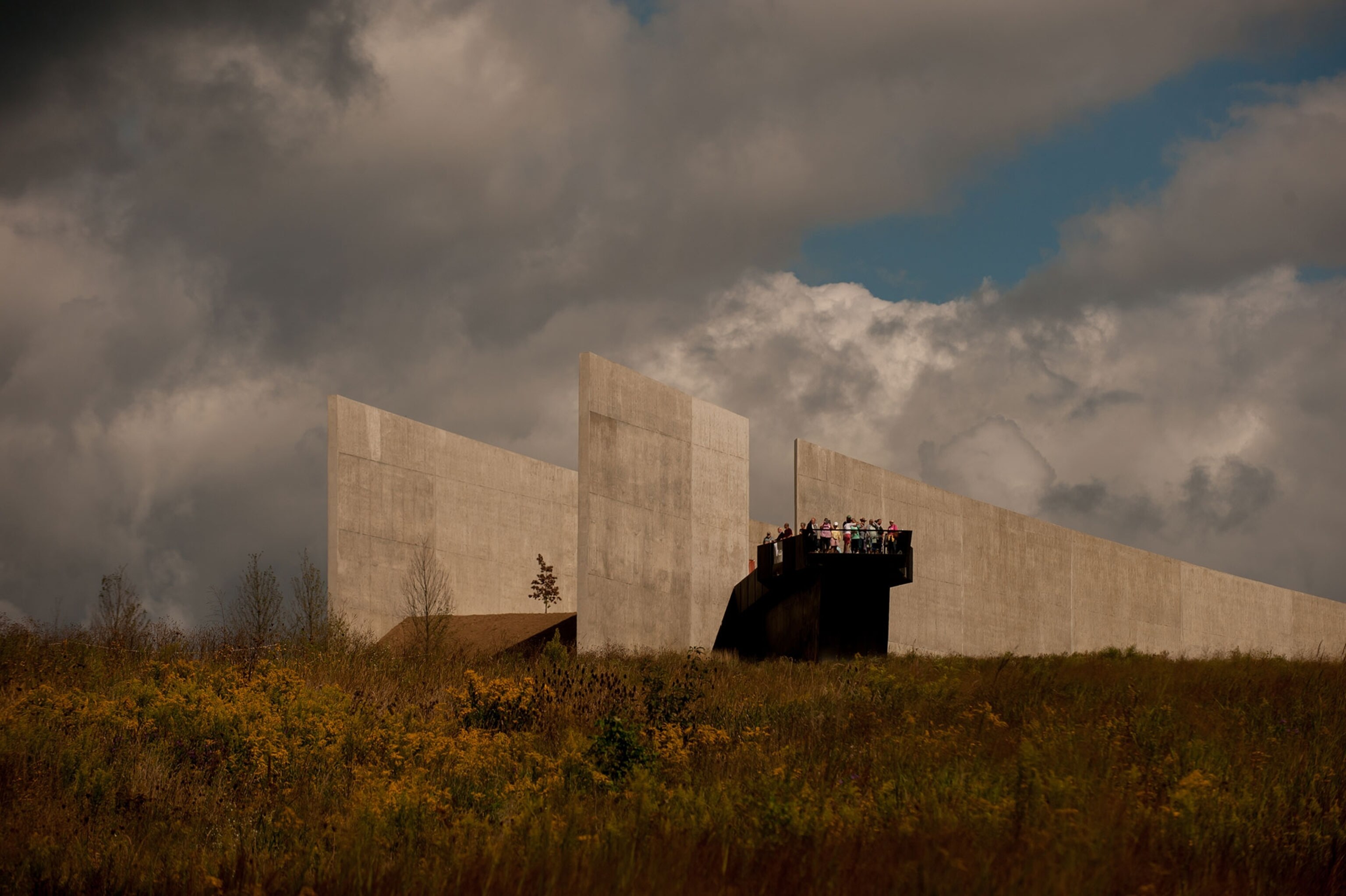
Hot Spot
A cluster of thermal springs in Arkansas’s Ouachita Mountains, Hot Springs National Park was recognized by Congress 40 years before Yellowstone, making it the oldest federal reserve in the country—and today, the only truly urban national park. Soak up the sauna culture at the turn-of-the-century Fordyce Bathhouse, the first on Bathhouse Row to be restored, which chronicles the go-go years of the spa movement in the U.S., when treatments like mercury applications (for syphilis) and electrotherapy made a splash.
Culture Farm
Wolf Trap is the only national park dedicated to the performing arts, with several amphitheaters hosting acts from country music to opera, May through September. (The Barns at Wolf Trap hosts events year-round.) Still, much of the park is undeveloped, leaving nature groupies some 65 acres of green space—including the Children’s Theatre-in-the-Woods—in the midst of the Northern Virginia suburbs, free of the wolf packs that gave the onetime farm its name.
- National Geographic Expeditions
Our Fair Ladies
Every president since Herbert Hoover has earned a library to preserve records from his time in office, but it wasn’t until 2000 that first ladies got their due: President Bill Clinton established the Canton, Ohio-based First Ladies National Historic Site, which includes the home of first lady Ida Saxton McKinley. Archives and exhibits—the latest features artifacts from Martha Jefferson, Sarah Polk, and Elizabeth Monroe—shed light on lives overshadowed by their famous spouses.
Proper Due, 200 Years Later
African slaves brought to the United States by the Dutch West India Company helped build what was to become New York City in the 17th century. Banned from churchyards, free and enslaved Africans alike buried their dead—up to 20,000 by some estimates—on a small plot on the city’s then-outskirts between the 1690s and the close of the 18th century. The site—now the African Burial Ground National Monument—was forgotten until 1991 when the remains of more than 400 men, women, and children were excavated during the construction of a federal office building.
Portions of this piece, written by Margaret Loftus (on Twitter @pegloftus), first appeared in the April 2015 issue of National Geographic Traveler magazine.










